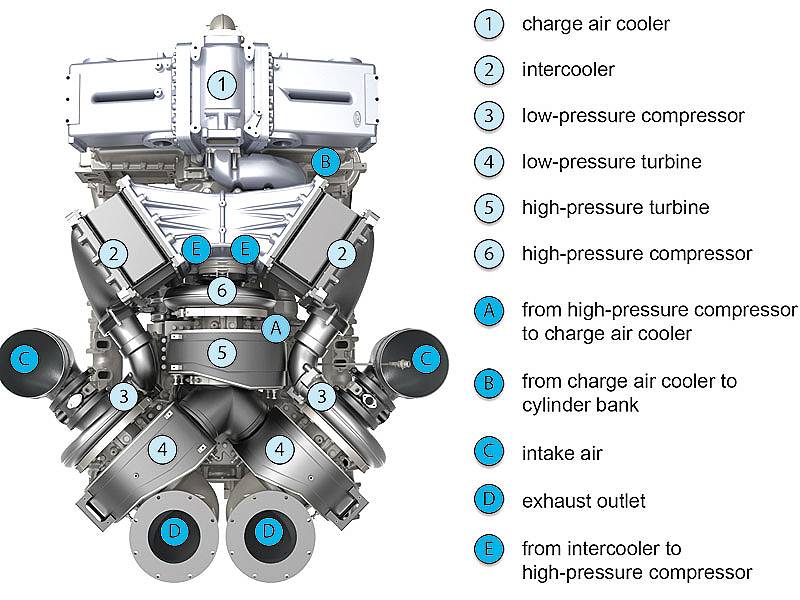The automotive industry is undergoing a significant transformation as manufacturers seek to balance performance, fuel efficiency, and environmental responsibility. A predominant shift in recent years has been the adoption of turbocharged engines. Once considered a niche upgrade reserved for high-performance sports cars or diesel trucks, turbocharging has now become a mainstream technology in vehicles ranging from economy sedans to luxury SUVs. But why are automotive manufacturers offering more turbocharged vehicles and how will turbos be the solution for meeting market, government, and performance requirements?
One of the primary reasons turbocharged engines are becoming more common is their ability to offer improved fuel efficiency without sacrificing performance. Traditional naturally aspirated engines rely on larger displacement to provide adequate power, often resulting in lower fuel economy. In contrast, turbocharging allows manufacturers to reduce engine displacement
